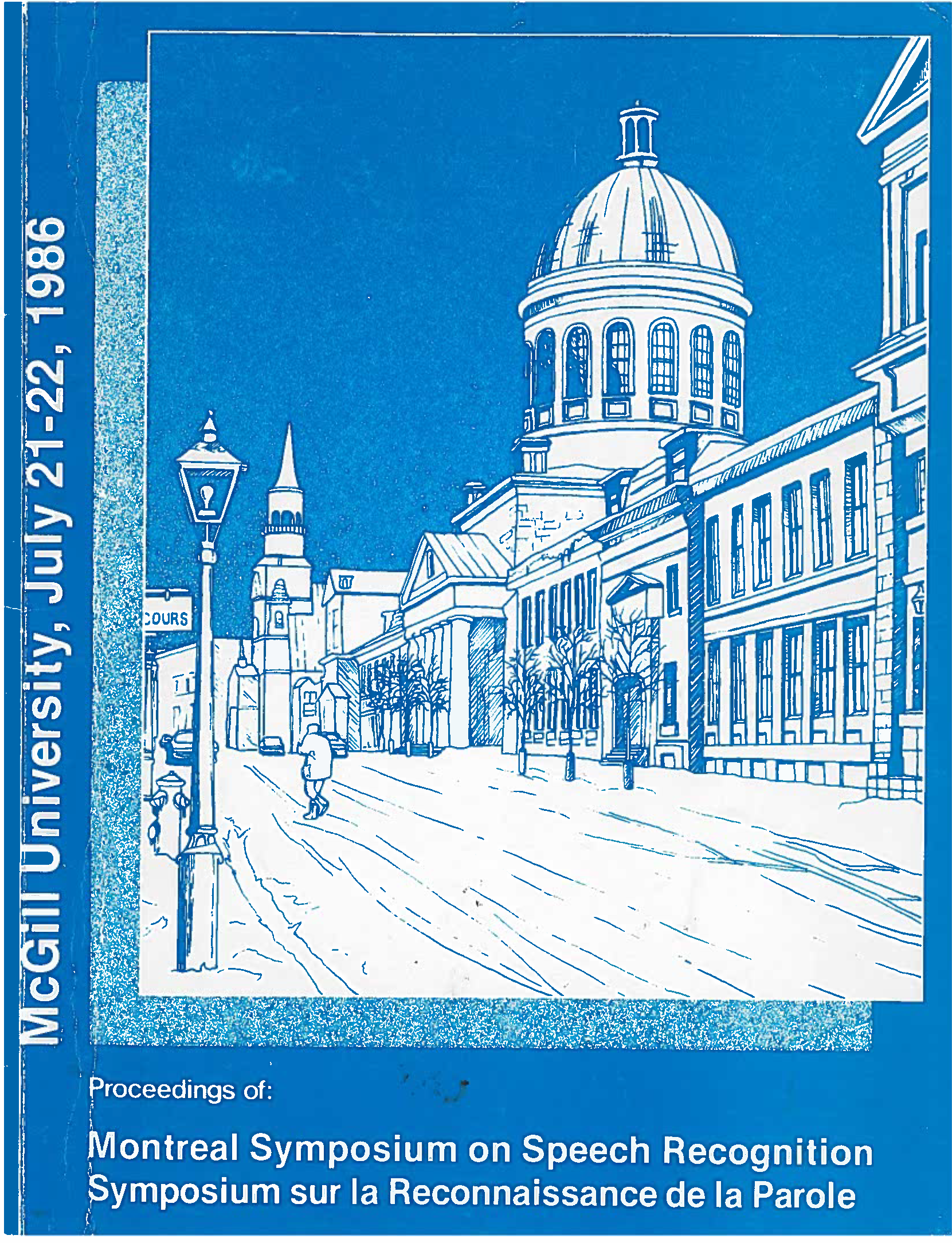Models of Phonetic Recognition I: Issues That Arise in Attempting to Specify a Feature-Based Strategy For Speech Recognition
Abstract
This is the first of e set of papers from the MIT Speech Communication Group expressing conflicting viewpoints as to the nature of the speech perception process and the best way to approach the problem of speech recognition by machine. In this paper, it is argued that all models employing phonetic feature detectors (whose purpose is to make phonetic decisions so as to reduce the information content of the input representation prior to lexical search) are suboptimal in a performance sense. Such models are usually incompletely specified, and they do not confront certain theoretical problems that are discussed here. It is suggested that the LAFS model of precompiled acoustic expectations for familiar words (Klatt, 1979) has theoretically superior characteristics. However, aspects of the Stevens model described in the next paper (in particular, relational invariance at the acoustic feature detector level) are an attractive candidate for the front-end processor of a next-generation LAFS strategy.
Additional Files
Published
How to Cite
Issue
Section
License
Author Licensing Addendum
This Licensing Addendum ("Addendum") is entered into between the undersigned Author(s) and Canadian Acoustics journal published by the Canadian Acoustical Association (hereinafter referred to as the "Publisher"). The Author(s) and the Publisher agree as follows:
-
Retained Rights: The Author(s) retain(s) the following rights:
- The right to reproduce, distribute, and publicly display the Work on the Author's personal website or the website of the Author's institution.
- The right to use the Work in the Author's teaching activities and presentations.
- The right to include the Work in a compilation for the Author's personal use, not for sale.
-
Grant of License: The Author(s) grant(s) to the Publisher a worldwide exclusive license to publish, reproduce, distribute, and display the Work in Canadian Acoustics and any other formats and media deemed appropriate by the Publisher.
-
Attribution: The Publisher agrees to include proper attribution to the Author(s) in all publications and reproductions of the Work.
-
No Conflict: This Addendum is intended to be in harmony with, and not in conflict with, the terms and conditions of the original agreement entered into between the Author(s) and the Publisher.
-
Copyright Clause: Copyright on articles is held by the Author(s). The corresponding Author has the right to grant on behalf of all Authors and does grant on behalf of all Authors, a worldwide exclusive license to the Publisher and its licensees in perpetuity, in all forms, formats, and media (whether known now or created in the future), including but not limited to the rights to publish, reproduce, distribute, display, store, translate, create adaptations, reprints, include within collections, and create summaries, extracts, and/or abstracts of the Contribution.


